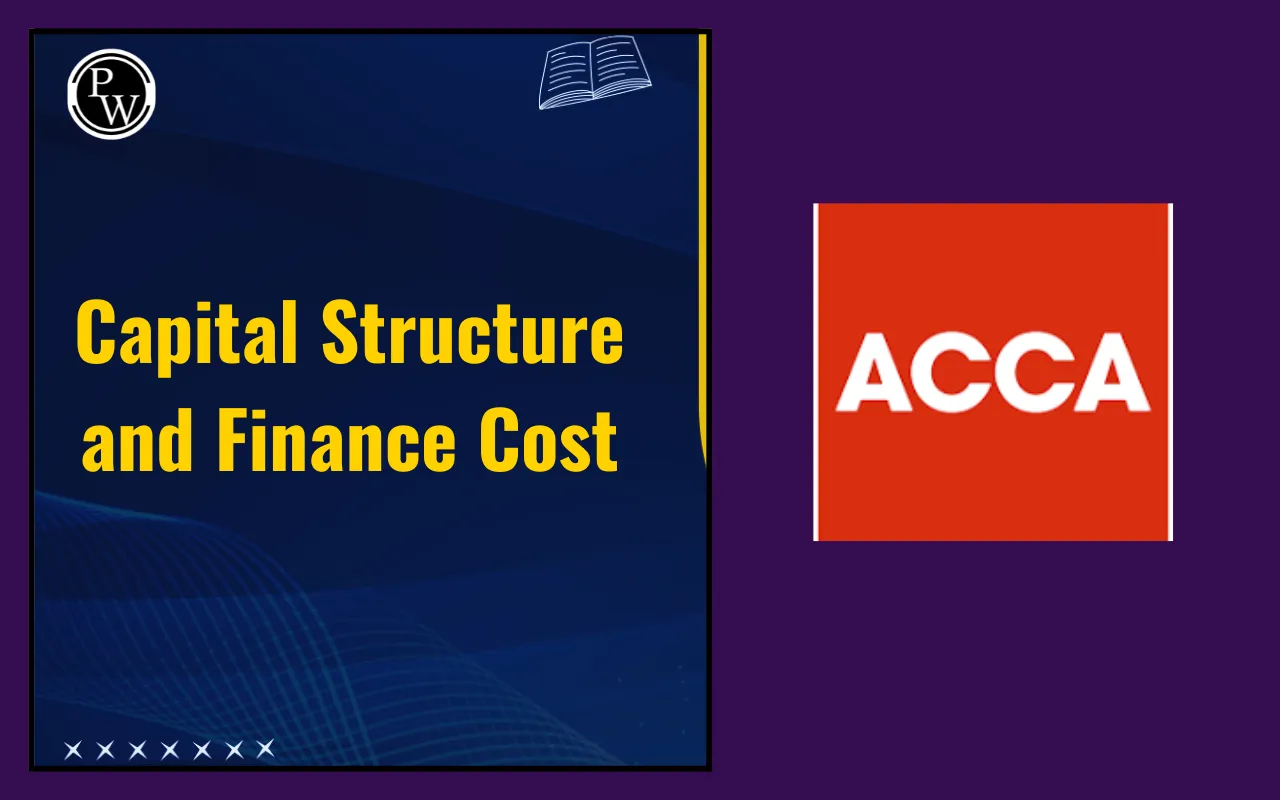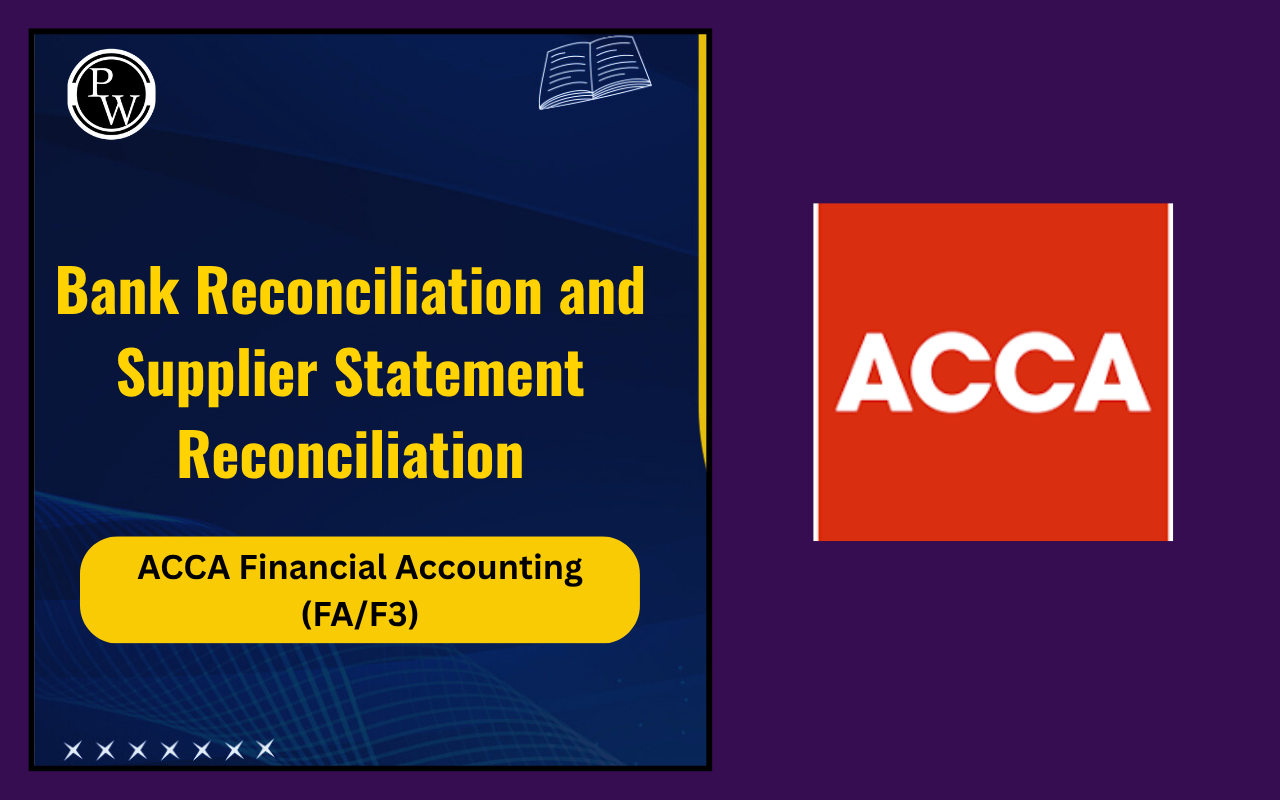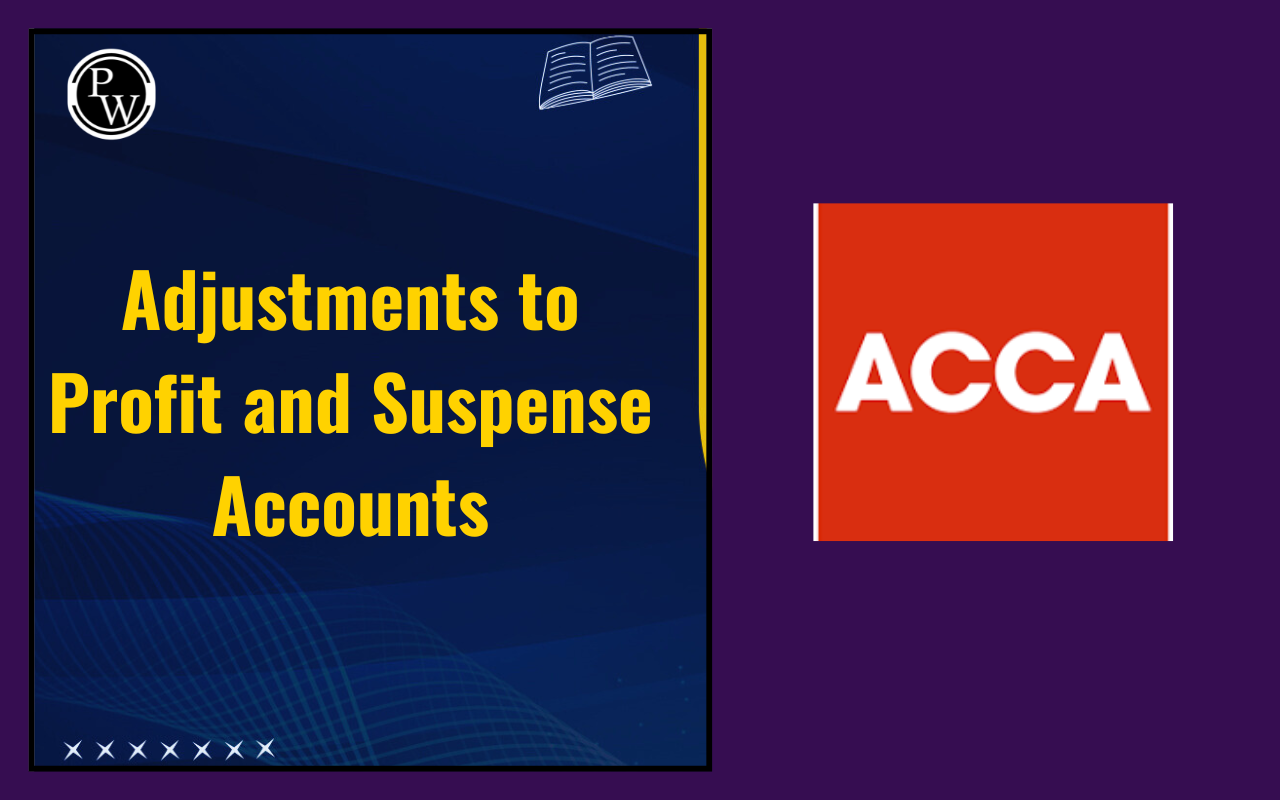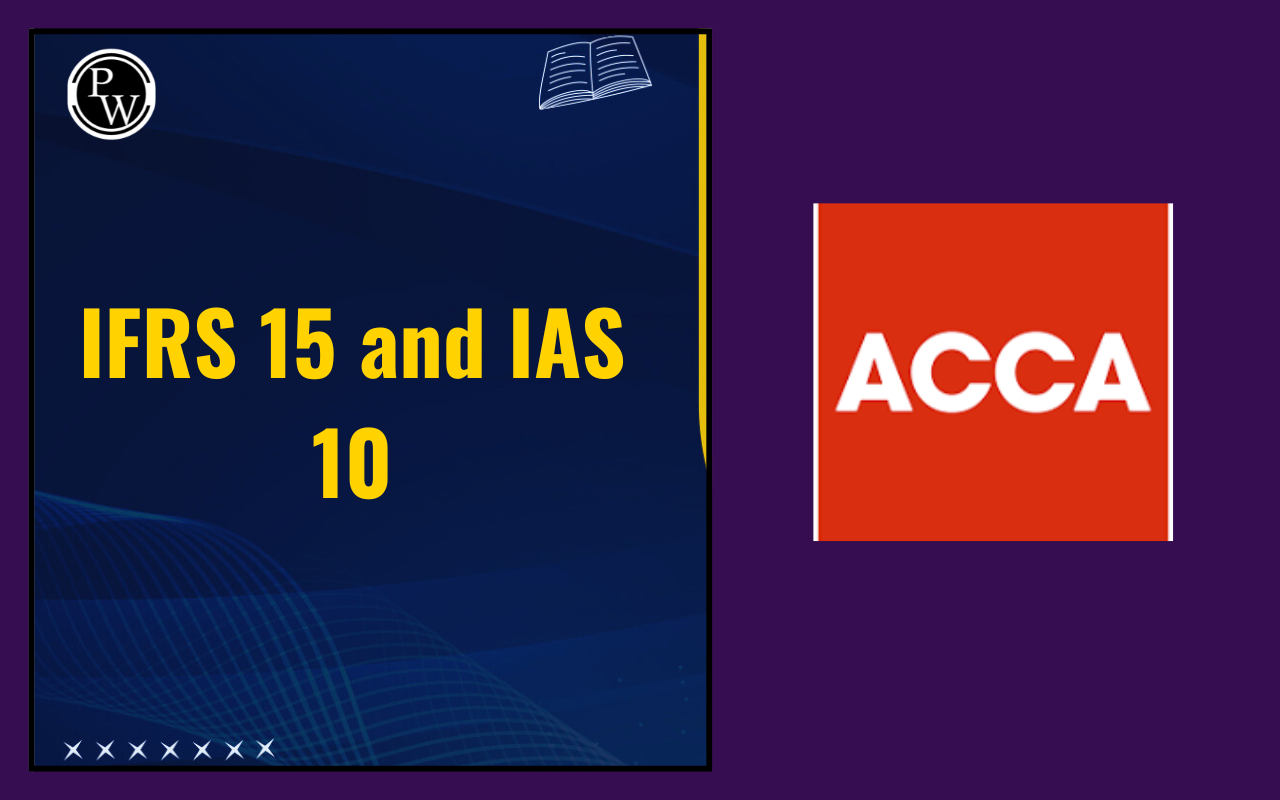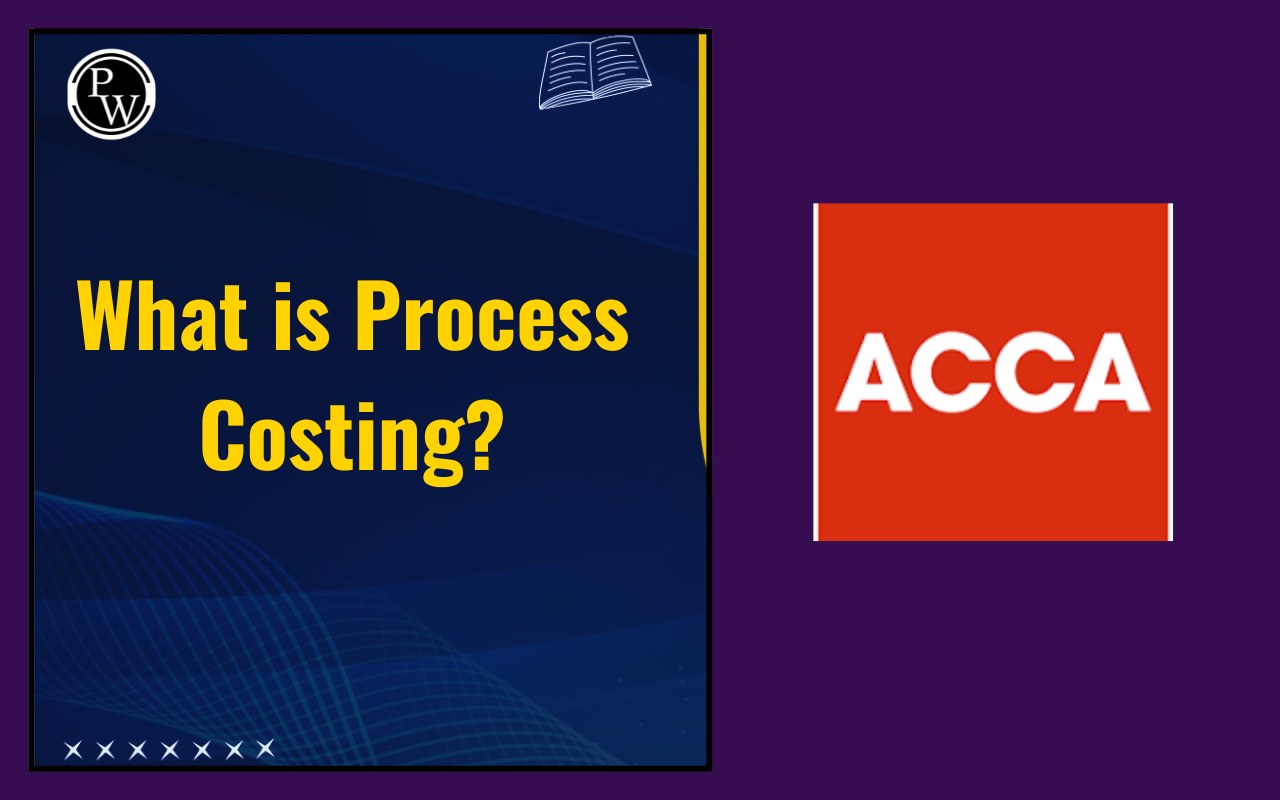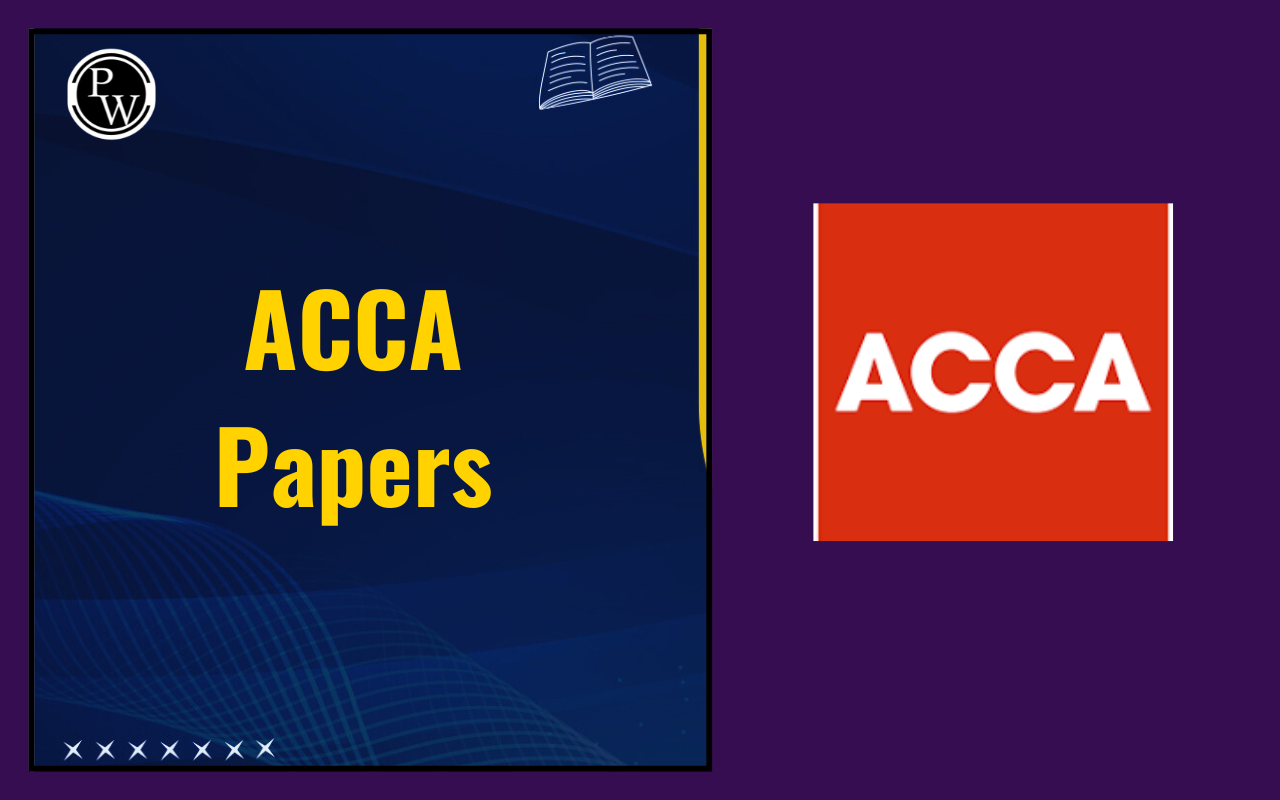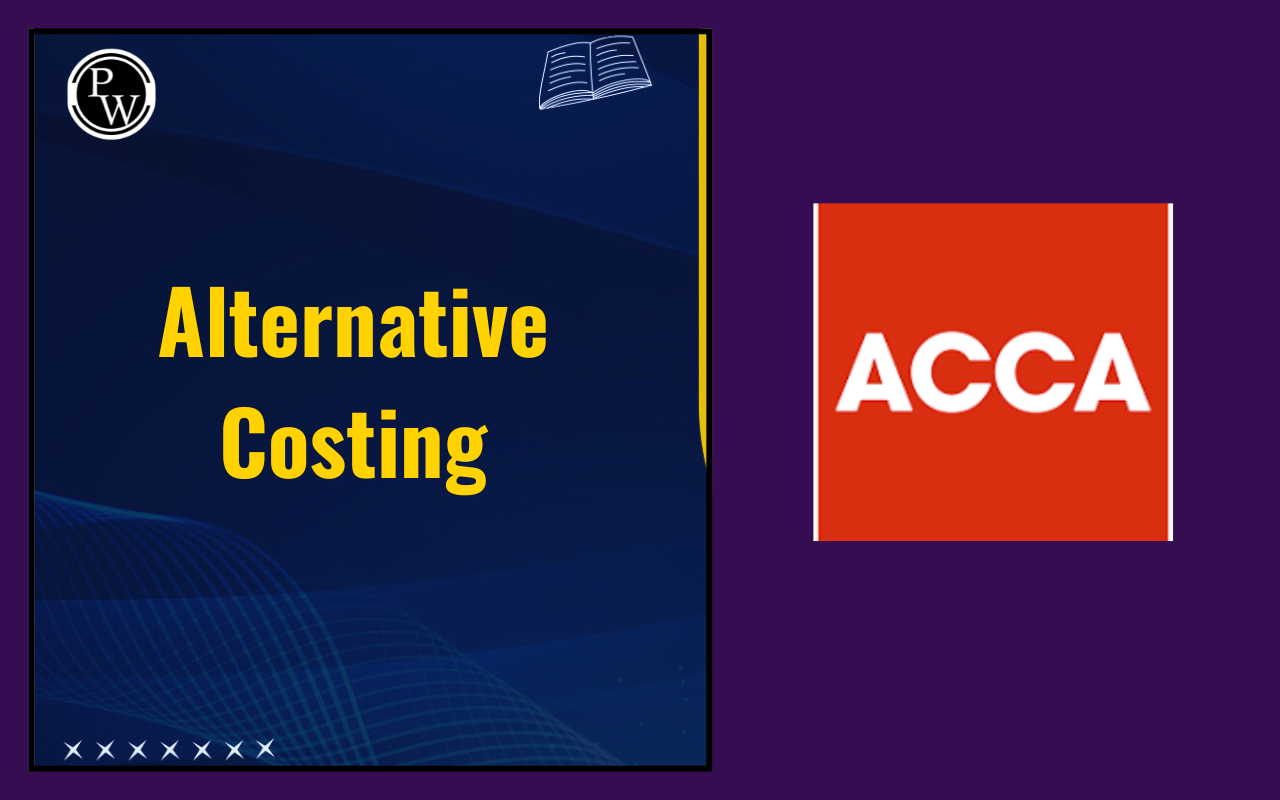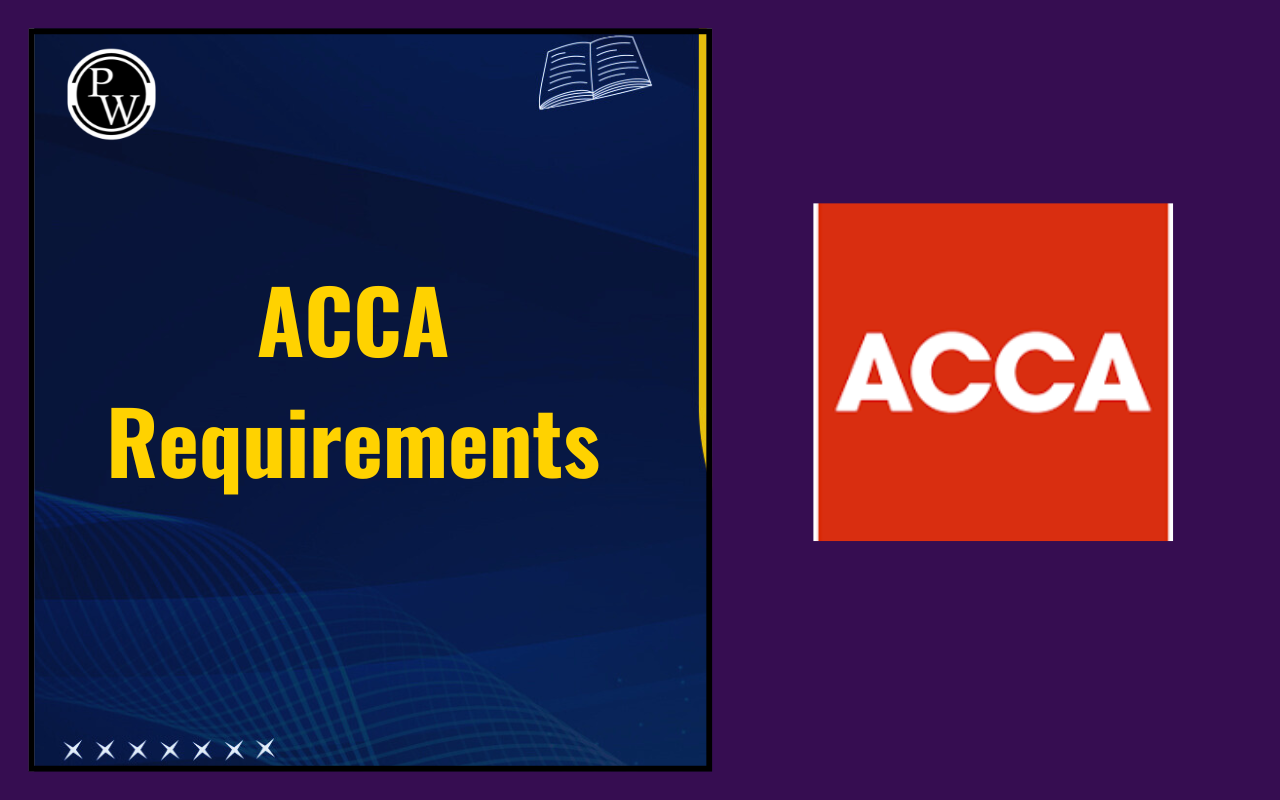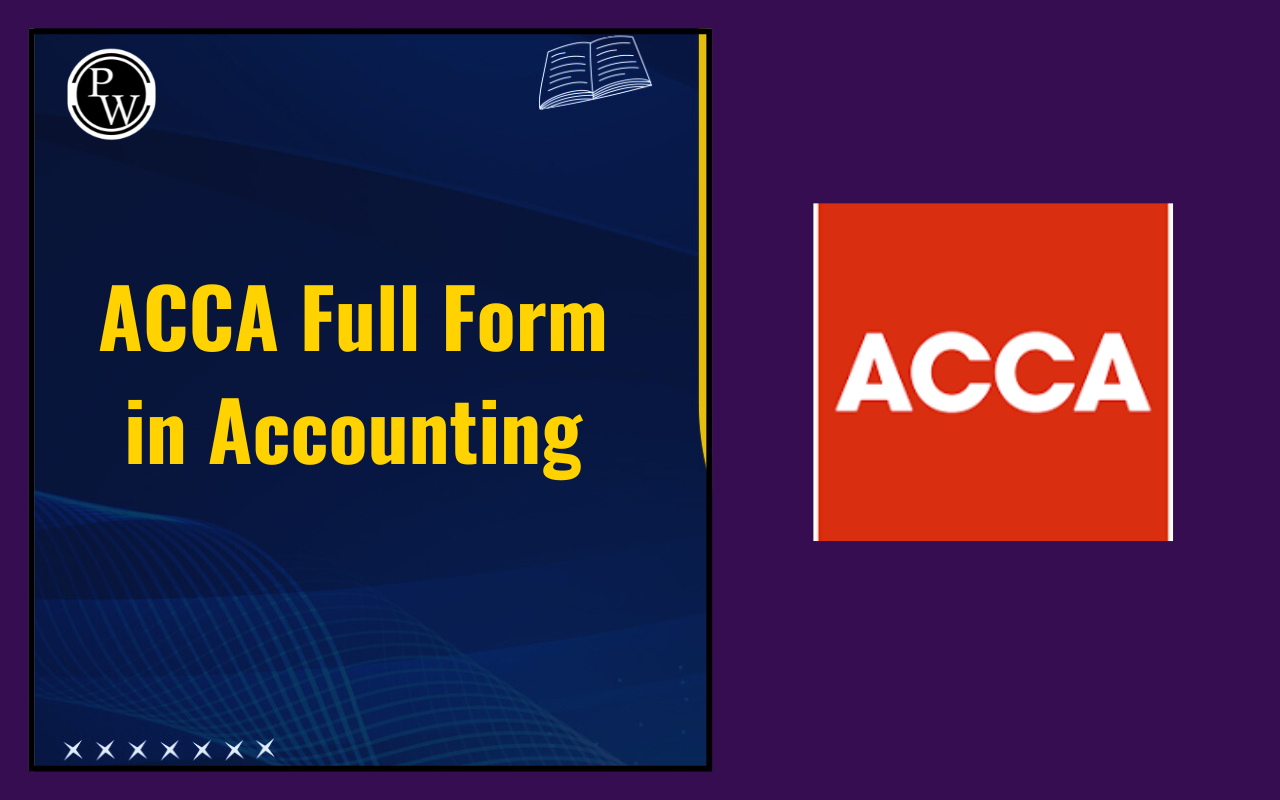
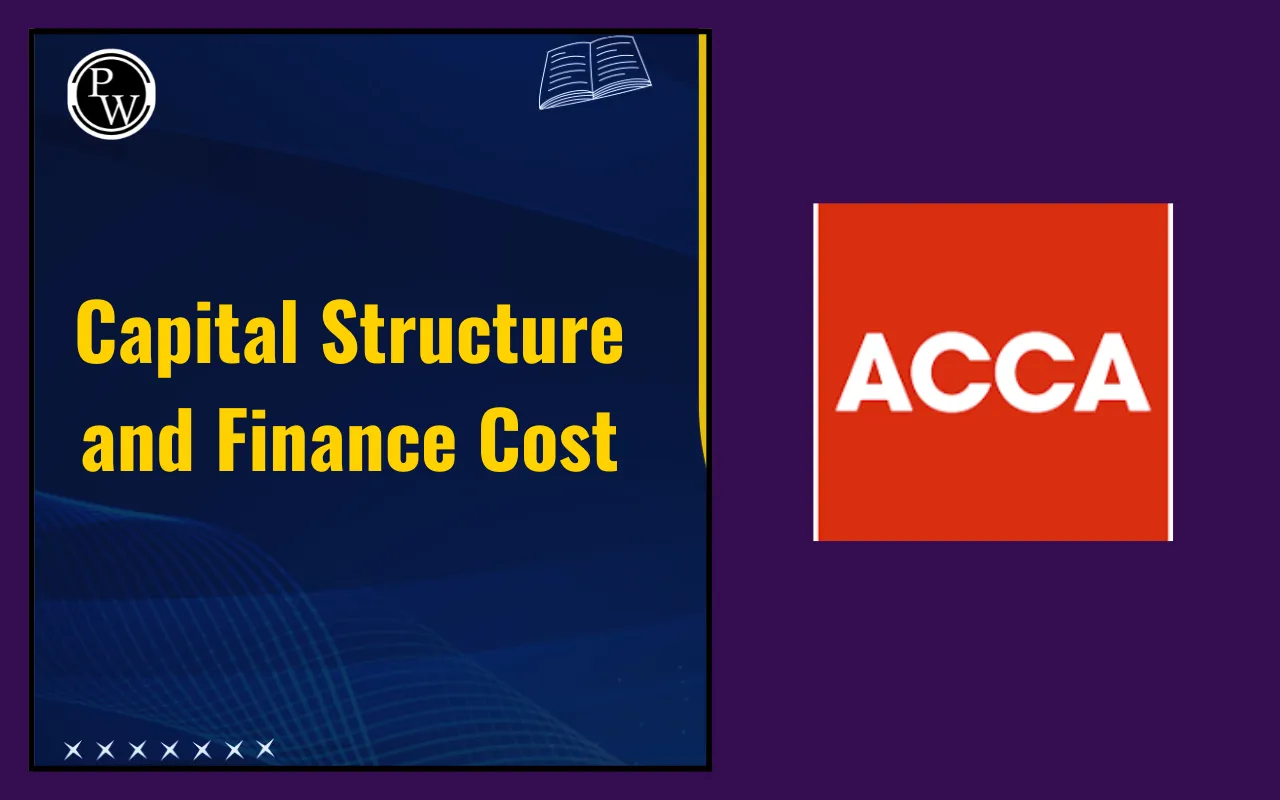
Capital Structure: In corporate accounting, one of the most important concepts is capital structure. Every company needs funds to operate, expand, and grow. The way a company arranges these funds is called its capital structure. Along with this, students must also understand the finance cost, which is the expense a company pays for using borrowed money. Both topics are part of the ACCA Financial Accounting (FA/F3) paper and are useful for learning how companies manage money in the real world.
Below, we’ve explained what capital structure is components, related finance cost, and capital structure theories simply. We will also look at the Statement of Changes in Equity and common mistakes that students should avoid.
What is Capital Structure?
Capital structure means the mix of different sources of money that a company uses to run its business. These sources can include loans, equity shares, or preference shares. Choosing the right mix is very important. If a company uses too much debt, it will have high financial costs. If it uses only equity, owners might face less return. A balanced capital structure helps the company grow steadily.
Components of Capital Structure
There are three main components of capital structure. These are debt, equity, and preference shares. Each one works differently in accounting and uniquely affects the finance cost.
| Components of Capital Structure | ||
| Component | Meaning | Features |
| Debt (Loan) | Money borrowed from banks or lenders. | Fixed interest must be paid. Liability for the company. |
| Equity Shares | Money raised by issuing shares to owners. | Owners share profits after debts are cleared. Permanent source of funds. |
| Preference Shares | It is a mix of debt and equity features. | Fixed dividend, priority over equity, but not as strict as debt. |
Finance Cost in Corporate Accounting
When a company borrows money, it must pay interest. This expense is called a finance cost. It comes in the Profit and Loss account. Finance cost reduces the profit available to shareholders.
For example, if a company takes a loan of ₹5,00,000 at 8% interest, the annual finance cost is ₹40,000. This amount must be paid whether the company earns a profit or not. That is why debt increases risk. Equity and preference dividends are different. Equity dividend is paid only if profit exists, while preference dividend may act like a fixed interest if shares are redeemable.
So, finance cost plays an important role in deciding the right capital structure. Too much debt means high financial cost, while too much equity may dilute ownership.
Capital Structure Theories
Many experts have explained how companies should design their capital structure. These explanations are called capital structure theories. Each theory gives a different point of view on how debt and equity should be mixed.
| Capital Structure Theories | |
| Theory | Main Idea |
| Net Income (NI) Approach | More debt will reduce financial cost and increase the total value of the firm. |
| Net Operating Income (NOI) | The value of a company does not change with more debt. Finance cost will balance out the gain. |
| Traditional Approach | A balanced mix of debt and equity creates an ideal capital structure for growth. |
| Modigliani-Miller (M-M) | In a perfect market, capital structure does not affect the overall value of a company. |
Statement of Changes in Equity
The Statement of Changes in Equity (SOCE) shows changes in equity during a financial year. It records changes in share capital, reserves, share premium, retained earnings, and sometimes preference shares.
For example:
- When a company issues bonus shares, reserves are reduced, and the share capital increases.
- When dividends are paid, retained earnings are reduced, and cash decreases.
- When a right issue happens, new cash inflow adds to share capital and share premium.
Common Errors to Avoid in Capital Structure
Students generally make mistakes while studying capital structure and finance cost. Avoiding these errors helps in exams and real-life accounting.
-
Confusing Right Issue and Bonus Issue: Right Issue brings cash inflow, while Bonus Issue does not.
-
Misunderstanding Preference Shares: Redeemable preference shares act like debt, while irredeemable ones are equity.
-
Ignoring Proposed Dividend Disclosure: Proposed dividends are shown in notes but not recorded until declared.
-
Mixing Exchange Ratios: Ratios like 1:2 or 2:1 must be read carefully to avoid wrong calculations.
-
Forgetting Nominal Value: Unless stated, shares are usually issued at a ₹100 nominal value.
Capital structure is a central topic in ACCA Financial Accounting (FA/F3). It explains how a company raises funds using debt, equity, and preference shares. Finance cost is the expense of borrowing and directly affects profits. Capital structure theories provide different views about the ideal mix of debt and equity. The Statement of Changes in Equity records all movements in ownership funds.
For students, the key is to practice questions and understand the logic behind each concept. A clear understanding of capital structure helps in exams and also builds knowledge for future roles in finance and corporate accounting.
Capital Structure FAQs
What is capital structure in simple terms?
Why is finance cost important in accounting?
What is the difference between a Right Issue and a Bonus Issue?

